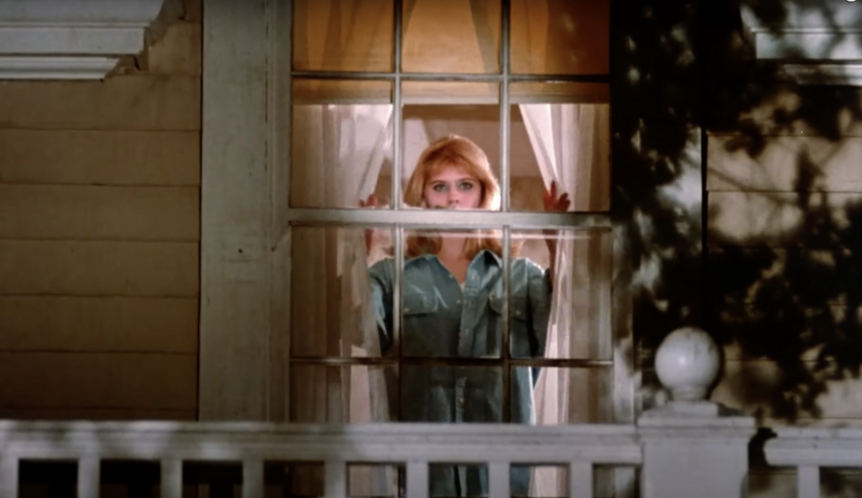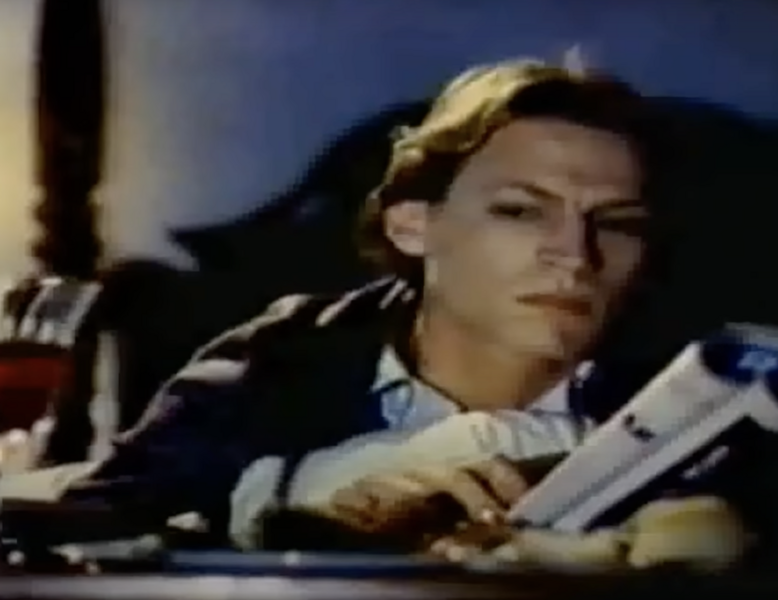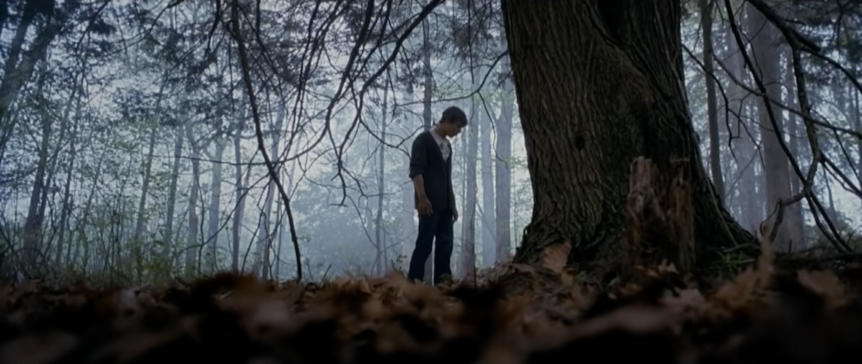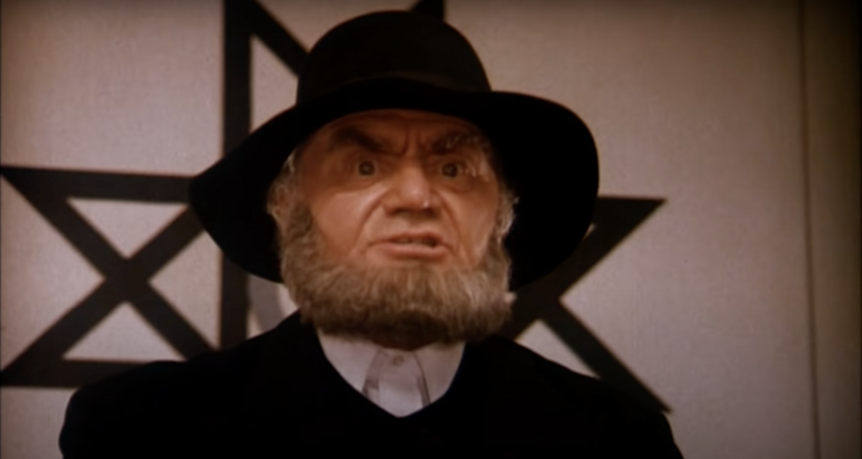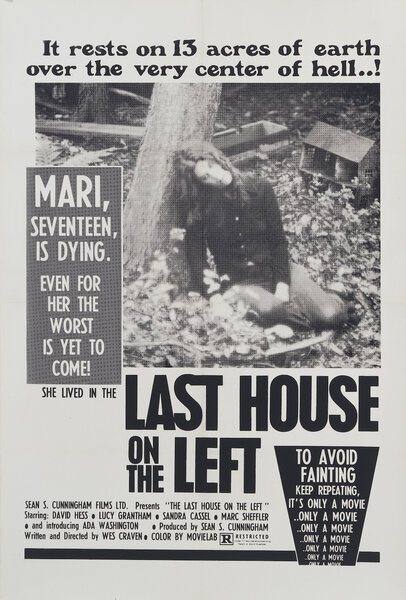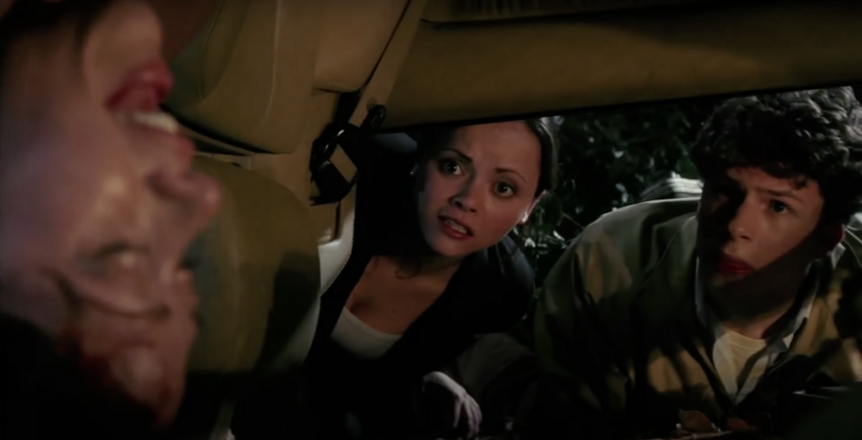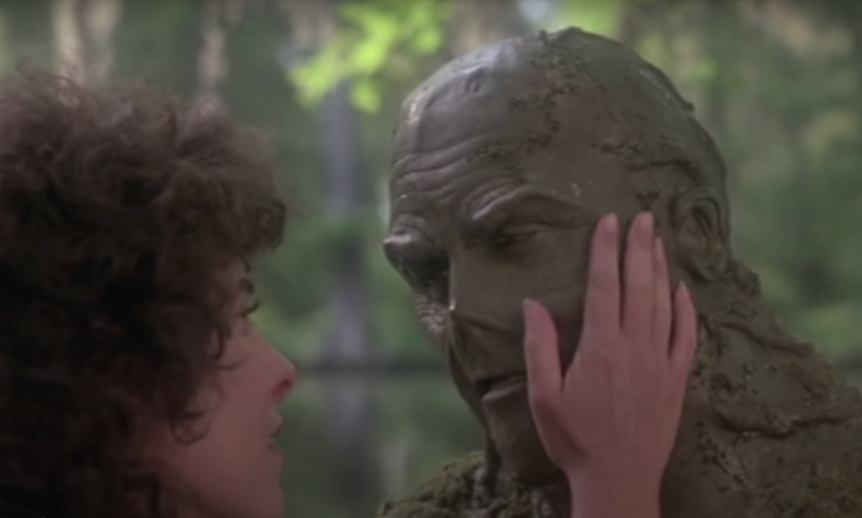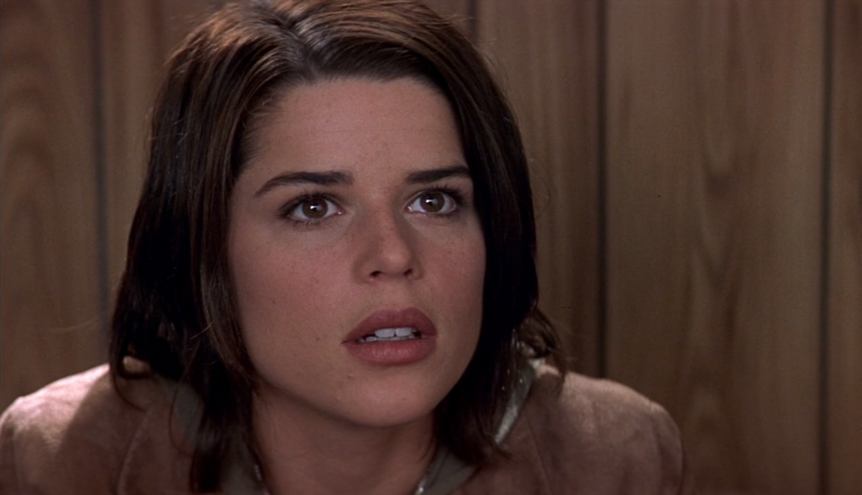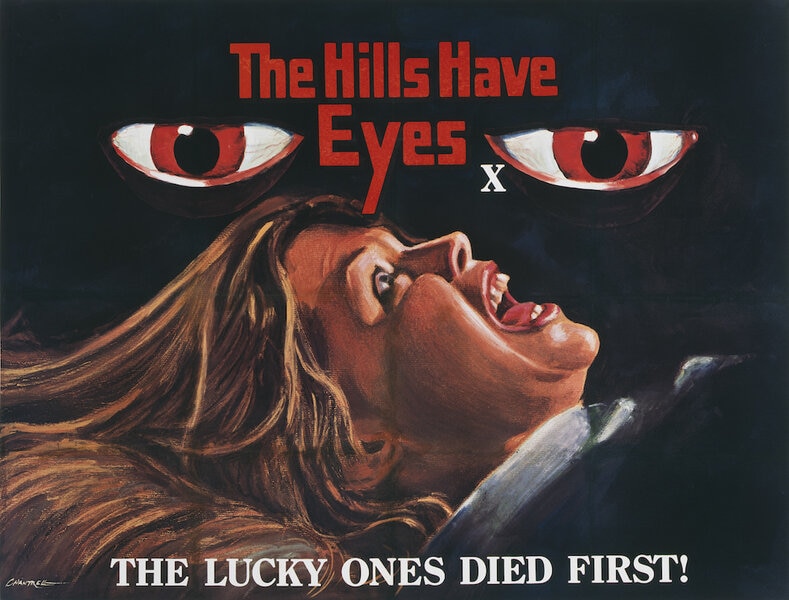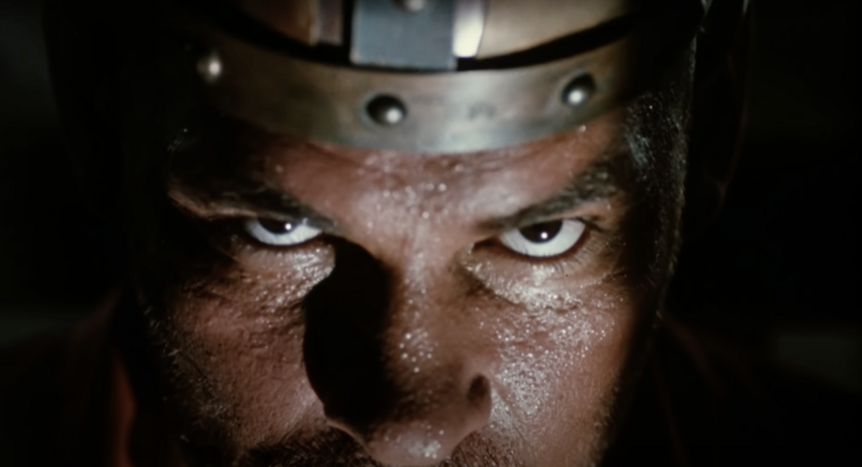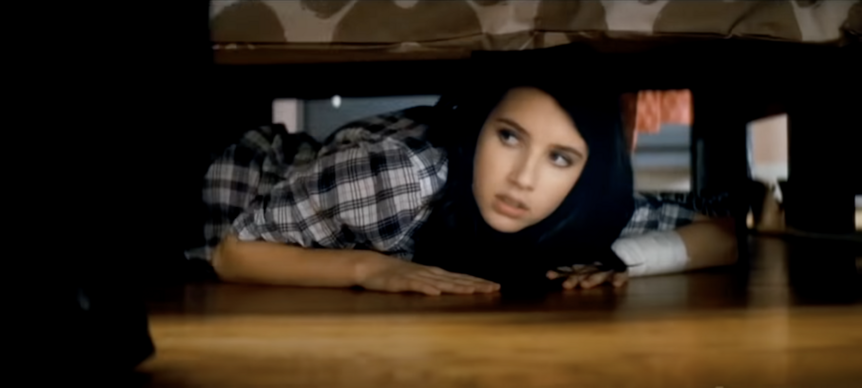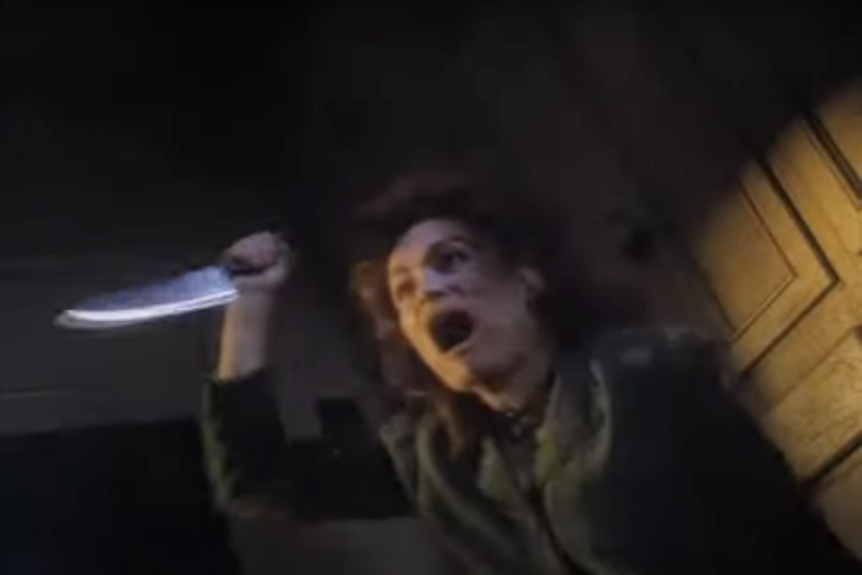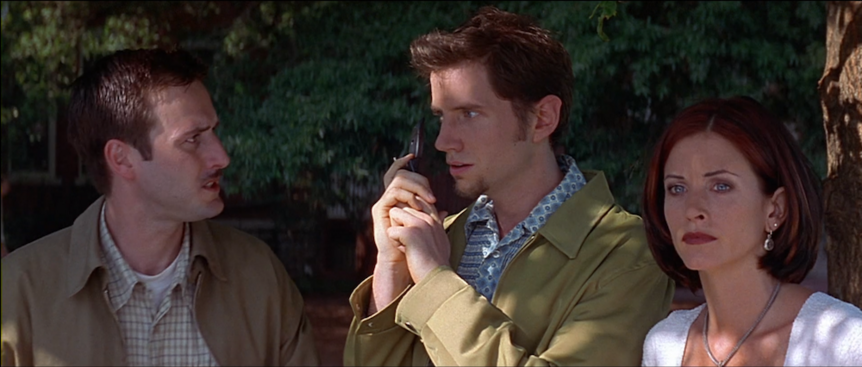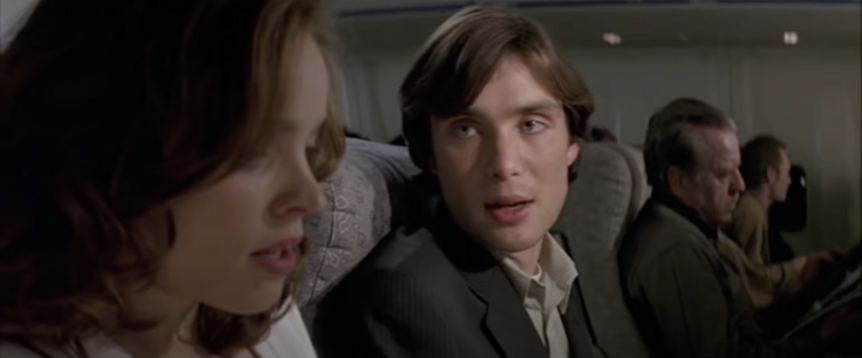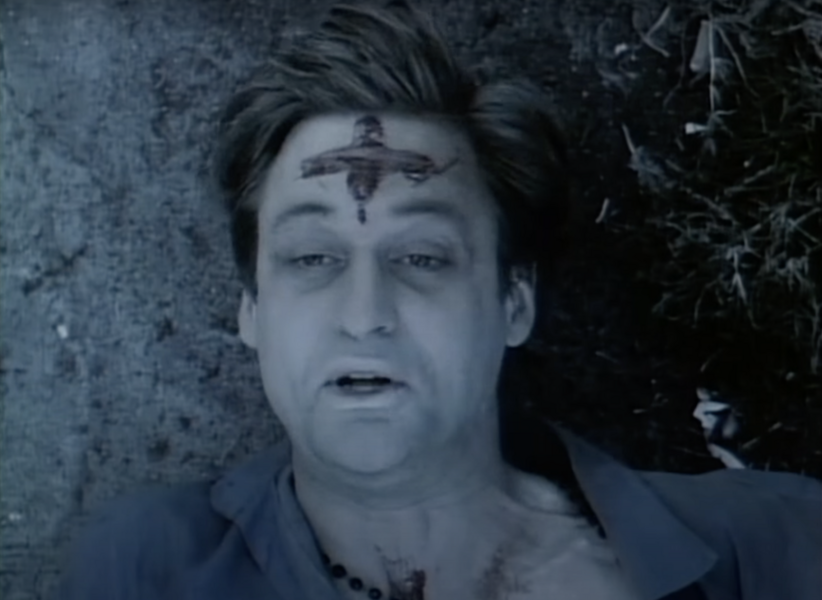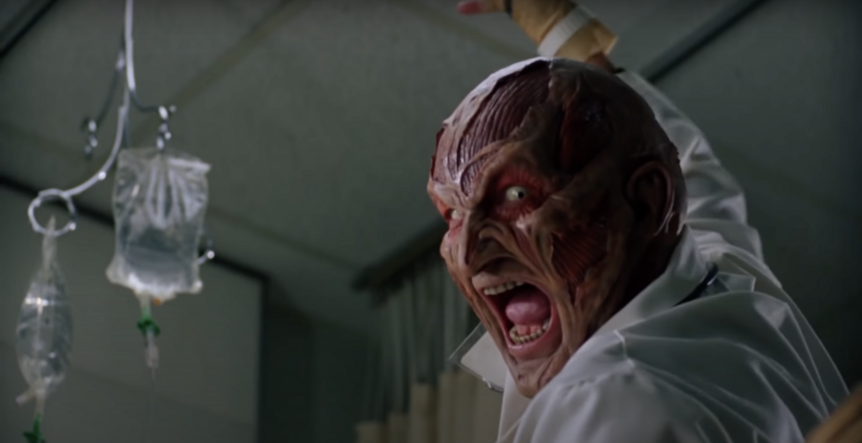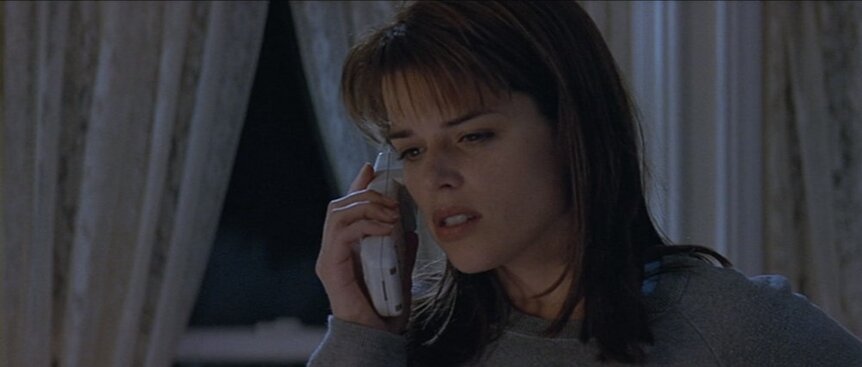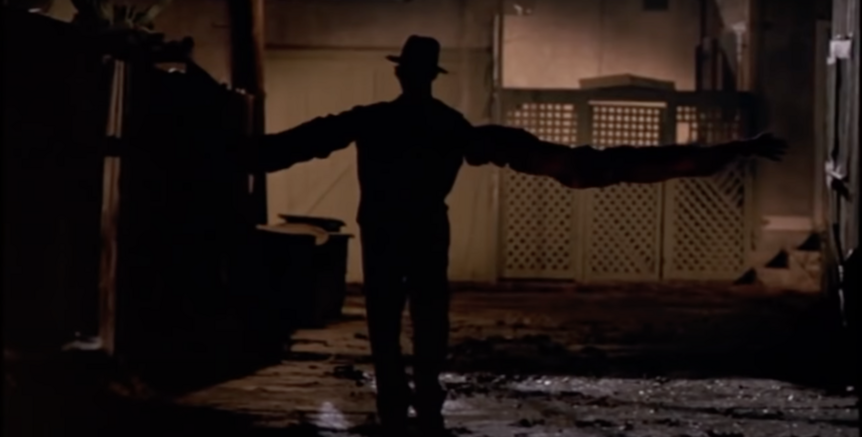Create a free profile to get unlimited access to exclusive videos, sweepstakes, and more!
Every Wes Craven movie, ranked from Freddy to Ghostface
Looking back at the legendary filmmaker's four decades of terror.
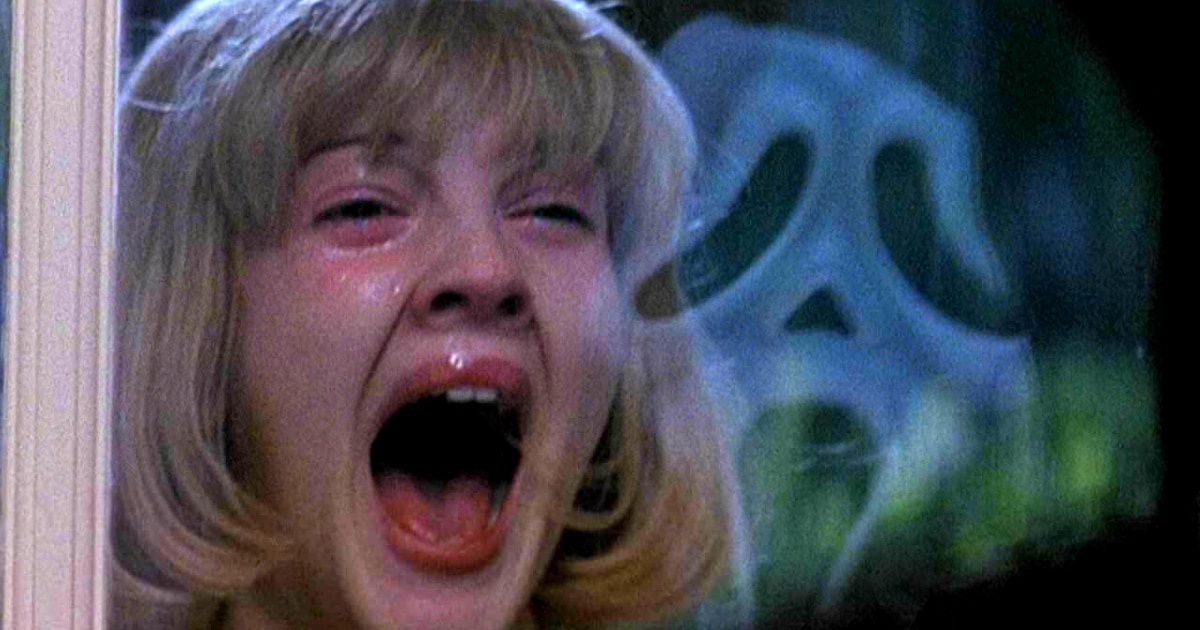
The release of Scream earlier this year made something very clear, not just among the filmmakers themselves but among the fandom who turned out in droves for the fifth film in the franchise: Wes Craven casts a very long shadow.
The legendary horror auteur passed away in 2015 from cancer, leaving a legacy of unforgettable scary movies reaching all the way back to 1972 that includes the likes of The Hills Have Eyes, A Nightmare on Elm Street, and of course, the first four Scream films.
But even for someone who rarely strayed from the horror path, Craven's career is surprisingly diverse and prolific. Beginning with The Last House on the Left, he directed two dozen feature films, including TV movies, slasher sequels, comic book adaptations, high-concept dark fantasy, and Oscar bait-y fare starring Meryl Streep. No matter what genre he worked in, or how close he was to the material, Craven always managed to bring a little something extra, a sense of thematic weight that made him one of the most accomplished genre directors of his generation.
So, in commemoration of 50 years since his feature film debut, here is every Wes Craven movie, ranked from worst to best.
Note: For purposes of simplifying this list, we kept our ranking to feature-length projects that list Craven as the sole director. So that means we're not talking about the adult film he made in the 1970s under a pseudonym, or his contribution to the Paris, je t'aime anthology film, but we are talking about his sole non-horror feature, Music of the Heart. Let's go.
24. Night Visions (1990)
Directed and co-written by Craven, this made-for-TV movie follows a detective and a criminal psychologist as they team up to hunt down a serial killer stalking Los Angeles. The twist? The psychologist (Loryn Locklin) has supernatural visions, tied to her own dark past, that place her in the mind of the killer and help point the way to his victims. It's a good idea for a film, and there are certainly Craven style points here, but Night Visions is at best predictable and at worst more than a little boring.
23. Deadly Friend (1986)
Craven wanted this film about a young robotics genius (Matthew Laborteaux) and his efforts to save his next-door neighbor (Kristy Swanson) through cybernetics to be a straightforward sci-fi character piece, and you can still see hints of that thematic focus in the final film. But Deadly Friend came shortly after Craven's breakthrough with A Nightmare on Elm Street, and the studio asked for a more all-out horror picture to capitalize on that success. It makes for a disjointed, disappointing experience, but there are still a few memorable moments, including the very creepy final shot.
22. Invitation to Hell (1984)
The story of an engineer (Robert Urich) who moves his family into an upscale new Silicon Valley neighborhood where a mysterious woman (Susan Lucci) invites him to be a member at the local country club, Invitation to Hell has a lot going for it on paper. The performances are solid, the mystery angle works, and it gives Craven the opportunity to say something interesting about country club exclusivity and rising tech aristocracy in 1980s America. Aside from the truly wild third act, though, the film never really turns all that potential energy into something with legs.
21. Wes Craven's Chiller (1985)
Just as Invitation to Hell gave Craven the chance to explore classism and new money in the Reagan era, Chiller gave him an opportunity to address the notion of a human soul, and how one can function when a chunk of it is missing. Chiller is the story of a desperate mother who has her son put in cryogenic stasis until medical science can progress enough to revive him. When the son (Michael Beck) wakes up from his deep chill unexpectedly, he manages to survive, but something of his humanity has gone missing. It's a good idea, and Craven does what he can with it, but Chiller can't ever rise above its TV movie limitations.
20. My Soul to Take (2010)
Craven's penultimate film, and his last as both writer and director, is a noble misfire. The young, ensemble cast is game, Craven's visual style is still intact, and the script has a very interesting high-concept that allows the filmmaker to add one last twist to the slasher genre. Sadly, the premise — a serial killer hunts down seven teenagers who supposedly contain pieces of his soul — and a few memorable and inventive kills are really the only things about this film that work well.
19. Deadly Blessing (1981)
The nature of faith and what it can do to people has often been an undercurrent in Craven's work, and it takes a particularly interesting role in this film, which Craven also co-wrote.
Deadly Blessing centers on a woman plagued by mysterious murderers who may or may not be members of a nearby farming cult. There are some compelling ideas here, but Craven struggles to execute them in equally compelling ways. Still, Deadly Blessing is fascinating in the context of where it fell in Craven's career between his indie early days and his Hollywood work, and the final shot is wild enough to make the whole trip worth it.
18. The Last House on the Left (1972)
There's an undeniable visceral power to Craven's directorial debut. Five decades after its controversial release, The Last House on the Left still has the ability to render any viewer so squeamish that they leave the room while it's playing, despite its low production values and gore effects. That says something about Craven's skill as a horror storyteller, and Last House will always have a place in horror history due to its impact, but it remains a somewhat unsophisticated early work that never grows beyond its exploitative instincts.
17. The Hills Have Eyes: Part II (1985)
Around the same time that A Nightmare on Elm Street was emerging as a slasher movie hit, Craven took a shot at revisiting The Hills Have Eyes to see if it had franchise potential. The experiment fell creatively and financially short, however, but Part II is still (in some sequences) a fascinating sequel to the original survival horror classic. There's some great camera and production design work, some amusing character touches, and the idea to make the new ensemble of potential victims a motocross team gives the sequel a sense of scope that was missing from the first film. Still, it never really rises above, or even match, the raw creative power of the original.
16. Cursed (2005)
Craven and Scream writer Kevin Williamson reteaming for a Hollywood werewolf film seems like an instant box office success, but Cursed is yet another Craven film that was the victim of studio interference, so much so that the production earned its titular namesake. The infamous Weinstein brothers relentlessly tinkered with the film until Craven's original cut was basically lost to history, and the result is a head scratcher of a mess. Still, the cast — led by Christina Ricci and Jesse Eisenberg — and Craven's signature, clever visual style at last make it somewhat of an entertaining mess.
15. Vampire in Brooklyn (1995)
When Eddie Murphy wanted to use his star power to veer into the horror genre, he called upon Craven to help make it happen, with very poor results. Despite Vampire in Brooklyn being another flop from the '90s on Murphy's resume, the movie boasts impressive creature and make-up effects and a lively, gives-it-her-all performance from the great Angela Bassett. But the film never quite never lives up to the promise of its creative team.
14. Swamp Thing (1983)
In the early 1980s, Craven was still making inroads into the Hollywood system, and he landed a major shot with this DC Comics adaptation that allowed him to play more in the sci-fi creature feature vein than in all-out horror. Though it definitely looks like a man-in-a-suit movie made in 1983, there's a lot about Swamp Thing that still works on a narrative level, including Craven's ability to play with the film's themes of resurrection and inherent humanity.
13. Summer of Fear (1978)
Craven's first TV movie job, AKA Stranger in Our House, is also his most engaging small-screen project. Adapted from a novel by Lois Duncan, Summer of Fear follows a young woman (The Exorcist's Linda Blair) whose life is thrown into turmoil when her cousin (Lee Purcell) movies in after a family tragedy. Sinister events that seem to begin as a series of coincidences keep piling up, until a confrontation fueled by a dark secret (and maybe even darker forces) looms. This set-up affords Craven ample stakes to create genuine moments of high tension, all in service of a final reveal that, almost 45 years later, still packs a hell of entertaining punch.
12. Scream 3 (2000)
Craven's conclusion to the original Scream trilogy is the weakest film of the bunch, but that doesn't mean it's completely charmless. The original cast is still incredibly game for the twisty plot, as are the newcomers (especially Parker Posey), as Scream 3 takes a very meta turn when Neve Campbell's Sydney finds herself in the middle of another murder spree, this time on the set of a new Stab movie. Craven milks this convoluted story, and, unfortunately, low budget-looking production, for all the self-referential laughs and bloody kills that its worth, especially in the tense finale. Set in a producer's mansion that is full of trap doors and secret passages, Craven and his editing team manage to keep the action and fear quotient consistent but in a way that gives fans a conclusion that doesn't feel like it really belongs in a Scream movie. But it's still an entertaining set piece to watch.
11. The Hills Have Eyes (1977)
With his second horror feature, Hills Have Eyes, Craven takes all the visceral promise he showed on The Last House on the Left and pours it into a more thoughtful, grander, and ultimately more satisfying ride that's still absolutely terrifying. The way Craven and his camera team film the desert, the way he gets truly terrified performances out of his ensemble cast, it all mixes together in a shocking, gritty display that borders between gruesome horror and snuff film. Few films on Craven's CV achieve the level of paranoid thrills and outright terror seen here, and he seems to master the tonal changes therein effortlessly. Hills is arguably Craven's most visually interesting films, on top of being one of his scariest.
10. Shocker (1989)
After A Nightmare on Elm Street hit big at the box office, Craven decided to use his clout and try for an even wilder high-concept thrill ride with Shocker. This very guilty pleasure doesn't work nearly as well as Elm Street, but there's something about the movie's intentional over-the-top audacity that connects. Especially when the more ridiculous and gory aspects of its story kick in, a story which centers on a serial killer (X-Files' Mitch Pileggi) who resurrects himself via electricity and television. Just when you think it's done laying out its bizarre set of supernatural slasher rules, Shocker goes even bigger. It's a bonkers ride that also feels like a satire for the era in which everyone was blaming everything on violent TV. Throw in an unhinged villainous performance from Pileggi, and Shocker emerges as one of Craven's more out-there (but entertaining) films.
9. Scream 4 (2011)
Craven's unexpected curtain call as a feature film director is, even now, better than you expect it to be. The Scream movies were supposed to be over, and yet Craven returned for Scream 4, a film that's equal parts love letter to the original trilogy and meta-y statement on everything that had gone down in teen horror since the original Scream slashed through theaters. It's a stylish, funny, incisive final chapter in the Craven era, and it seems to be getting better with age.
8. Music of the Heart (1999)
After two Scream movies, Wes Craven decided to go a completely different way in 1999 and make a film based on the true story of a violinist (played by Meryl Streep) who started a music program in East Harlem that changed the lives of hundreds of New York City students. Music of the Heart is an anomaly in Craven's filmography, and as a narrative it plays as a mostly by-the-numbers (but very heartwarming and inspiring) biopic. What really sticks out about the film is Craven's wholesome sentimentality that courses through the narrative, in such a way that reinforces all the emotional subtext underneath all the horror films where pathos was seemingly less vital than body count. Music of My Heart is the most overlooked film Craven has ever done, but attention must be paid to the storyteller's skill and craft on display here.
7. The People Under the Stairs (1991)
Craven had a knack for using his films to explore social issues and themes in less overt ways, but with The People Under the Stairs, he pushes all of that to the forefront, and the twisted results are very compelling and unsettling. The story of a boy (Brandon Adams) who decides to rob a house owned by the local white landlords in the hope of getting enough money to save his family from eviction, People Under the Stairs toggles between dark comedy with in-your-face social commentary to late-night TV horror fare with serious bite. Like Hills Have Eyes before it, Craven indulges in some inspired visuals and camera moves, which hold up as well as the movie's needling of classism does more than three decades later.
6. Scream 2 (1997)
Scream 2 proved, in some ways, that it was nearly impossible to capture the lightning-in-a-bottle magic of the original Scream, but that didn't stop Craven and writer Kevin Williamson from trying. With this bloodier and more convoluted installment, the two get very close indeed to achieving a Scream 1-level experience at the movies, but a protracted final act confrontation between the killers and Sydney Prescott struggles to feel both emotionally believable and necessary.
Scream 2 progresses Sydney's story into her college years, as the rest of the Woodsboro Murders survivors find themselves as future corpses once again when another Ghostface killer emerges. Craven thrives in the scary set pieces, using his camera to give them a more visceral urgency than in the previous film. (The visual momentum here mirrors the rushed production schedule, as Dimension Films hurried a sequel to their surprise hit into theaters in less than a year after Scream's release.) Craven and his collaborators excel at using the film's storyline to send up all the ways horror sequels are meant to raise the stakes, and they do so in a manor that is both bitingly funny and often outright brutal.
5. Red Eye (2005)
Craven could do all-out, brutalizing horror with the best of his peers, but he was also a devotee of Hitchcock, which he more than proved with his underrated hit, 2005's Red Eye. A wonderful, taut exercise in white-knuckle tension, Red Eye is a sleek, contained thriller about a nervous flyer (Rachel McAdams) and her charming seat mate (Cillian Murphy), with the latter emerging as a villain whose goal is to rope McAdams' character into a political assassination plot. If she doesn't help them execute it from the closing-in-walls of her window seat, her father will be killed 35,000 feet below. McAdams and Murphy give terrific performances here, proving to be the most talented actors Craven has ever worked with, which gives the filmmaker ample time to pay homage to Hitchcock thrillers and stage scary-good visuals in the airplane cabin to maximize thrills.
4. The Serpent and the Rainbow (1988)
Based on the true story of a scientist (played by Bill Pullman) who journeyed to Haiti in hopes of unearthing the secret to "zombification," The Serpent and the Rainbow is the most visually terrifying film Craven ever made. From the casual scenes of Haitian exploration to candlelit jungle rituals, to all-out nightmare fuel sequences, the movie is as visually arresting as it is shocking. Craven's considerable horror chops reached a new level here, resulting in some of his most frightening and unsettling sequences.
3. Wes Craven's New Nightmare (1994)
What happens when your creation becomes more powerful than you are?
After years of sequels, many of which he had nothing to do with, Wes Craven returned to the Nightmare on Elm Street franchise to answer that question. Playing a version of himself alongside original Elm Street stars Heather Langenkamp and Robert Englund, Craven dives headfirst into a pre-Scream experience in meta-horror in which Freddie Kreuger begins attacking the people who brought him to life in the first place. It's funny, it's scary, and it's Craven at his most clever.
2. Scream (1996)
It's no exaggeration to say that just about every horror film made in the last 25 years is a reaction to Scream in one way or another. Craven and writer Kevin Williamson's revitalization of slasher films with a self-aware film that's often as funny as it scary changed the trajectory of horror cinema, launched a franchise, and made icons out of its young stars. A quarter century later, and it's just a finely tuned and deftly realized as it was when it premiered, a true masterpiece of a subgenre that's still got room for more sequels.
1. A Nightmare on Elm Street (1984)
In the early 1980s, as he was breaking into Hollywood, Wes Craven turned an article about people dying in their sleep and a childhood memory about a creepy man outside his window into one of the most successful horror franchises of all time. In an age when most slasher villains were slashing victims wide awake, he gave us a world of dreams and nightmares that defied the visual conventions of the subgenre. In an age when slasher villains were mute, masked hulks, he gave us Robert Englund as Freddie Krueger, a wise-cracking madman from beyond the grave and beyond reality.
But A Nightmare on Elm Street isn't just Craven's best film because of its legacy. It's also a stunning exercise in visual craft, suspense, and horror invention, from a victim dragged across the ceiling by invisible claws to a geyser of blood blooming out of a mattress. It's a masterpiece in a career full of great horror work, and an essential horror film no matter which subgenres you prefer.
